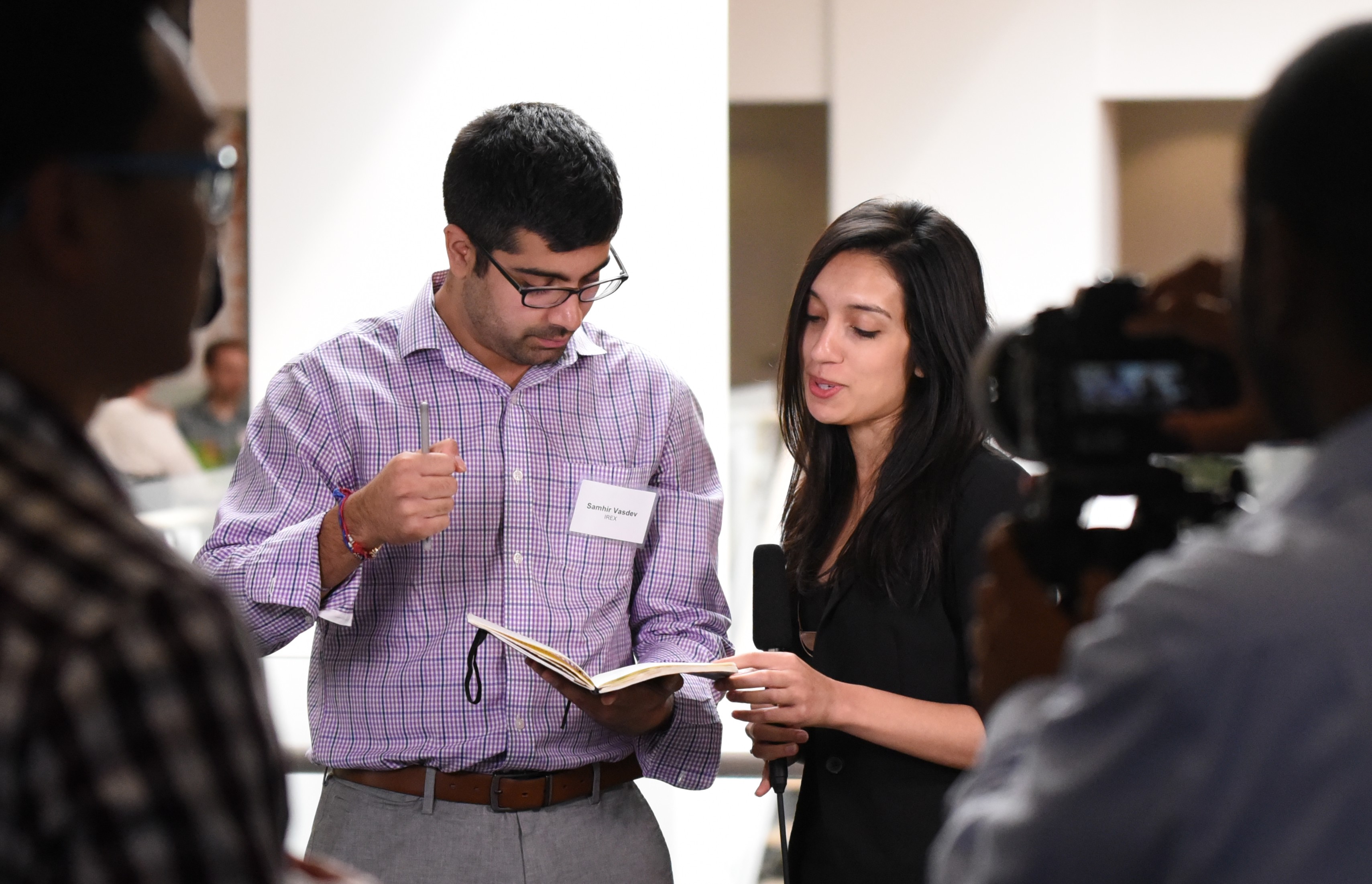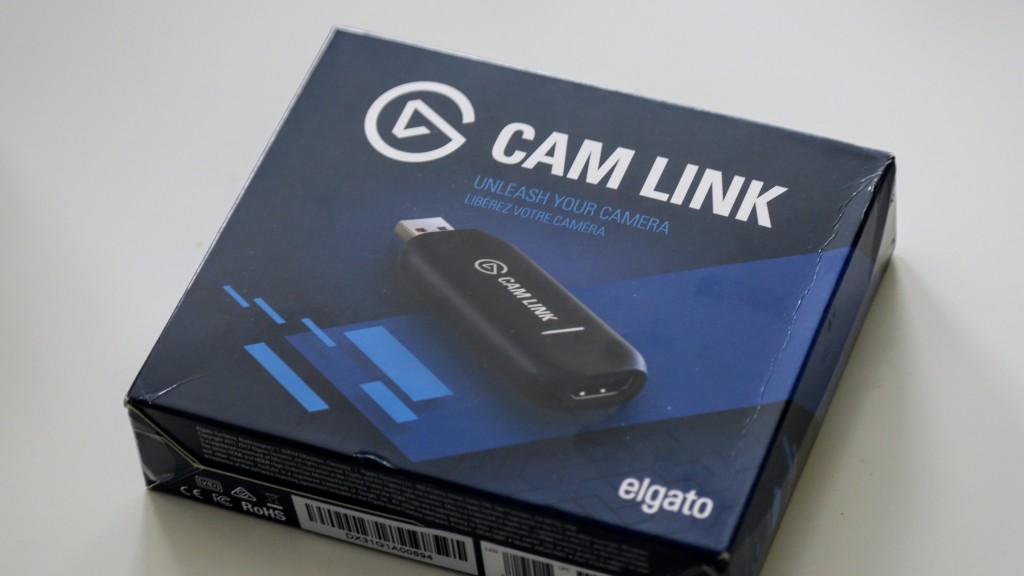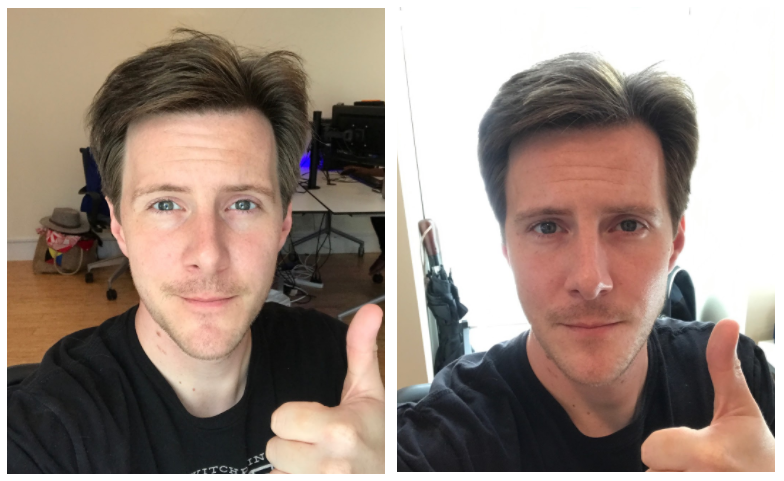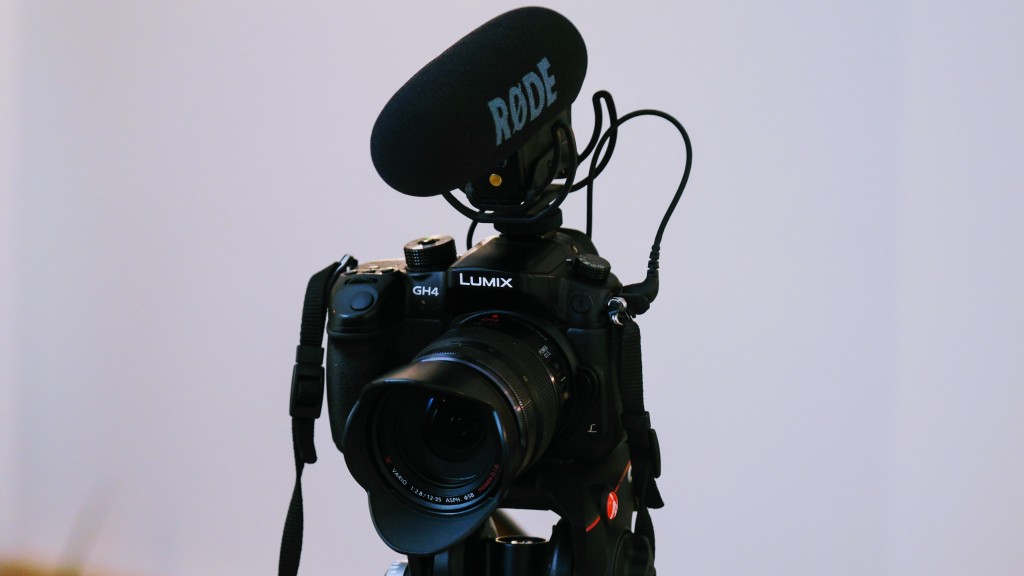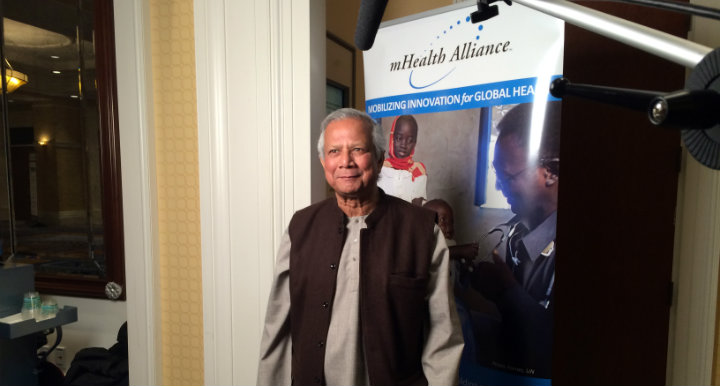Over the last seven years, TechChange has hosted and delivered thousands of webinars to teach, convene, and communicate on technology and social change. So we wanted to share a few tips that we’ve learned for upgrading your webinar setup.
That’s because even though we’ve tried dozens of livestreaming services from OpenTok to UStream to Google Hangouts On Air (now YouTube Live), and now Zoom, the video you push out to a livestreaming services is only ever as good as the video, lighting, and audio that goes into it.
So before we start our September livestreaming from PopTech and the Connected Health Conference, here’s a few tips that may help for your next livestream.
Tip 1: Upgrade Your Camera
While casual conversations are often most effective for learner engagement, relying on your laptop webcam for a strong event can often let you down. There are a variety of full-HD upgrades you can make for $50 or under, which you can easily order online and test for your needs. Of course, many individuals and organizations are already accustomed to high-quality video, sometimes because they have a DSLR or other solution which enables quickly recording, editing, and distributing video content. Until recently, linking your DSLR to your livestream has been a headache, but new solutions such as the Cam Link by Elgato makes it easy to turn a clean HDMI out into presenting itself to your computer as if it were any other webcam.
But even the best camera won’t fix basic issues around composition. Make sure your subjects are visible in the shot, try to shoot from a higher angle to avoid double chins, and be wary of leaving too much empty space above (which makes the subject look small) or below (which makes the subject look far away).
Tip 2: Check Your Lighting!
Even a fantastic camera will have a tough time producing a solid picture in poor light. Being aware of shooting “with” the light will not only create depth and a visually interesting picture, but it will also make the subject look much better than the typical office or conference room lighting. When you’re ready, it’s worth exploring artificial lighting options such as custom LED light panels (TechChange uses these), in order to achieve consistency and a good shot every time. But you don’t need fancy lighting to achieve your desired results. Natural light from a window can be more than enough for creating a warm, natural look (left), provided you don’t have your back to the window without another light source, which will result in a backlit shot (right).
Tip 3: Invest in Audio
Audio is what differentiates good webinars from great webinars. And it doesn’t have to be that hard. The main trick is to never rely on the microphone already installed in your camera or laptop. For best audio results, we like to use a wireless lavalier microphone, which lets you get the mic close to the speaker’s mouth without distracting from the shot. Best of all, some options you can plug directly into the camera (like these Sennheiser lavs), although we still prefer to use a secondary recording device like the Zoom H4N.
But…lavs can be tricky to set up and expensive to buy, as can shotgun mics or other solutions. Cheaper, easy options ouch as a Rode on-camera mic can be perfect for your needs, and get “good enough” audio even from multiple speakers.
In closing, these are just a few tips we’ve learned over the years, but there are many, many factors you might consider to keep improving your setup for student experiences. None of these tips are a substitute for engaging speakers and informative content, but they can help make sure that your video quality doesn’t take away from the learner experience.
Do you have any tips you’d like to share with us? Tweet @techchange and we’ll check it out!

